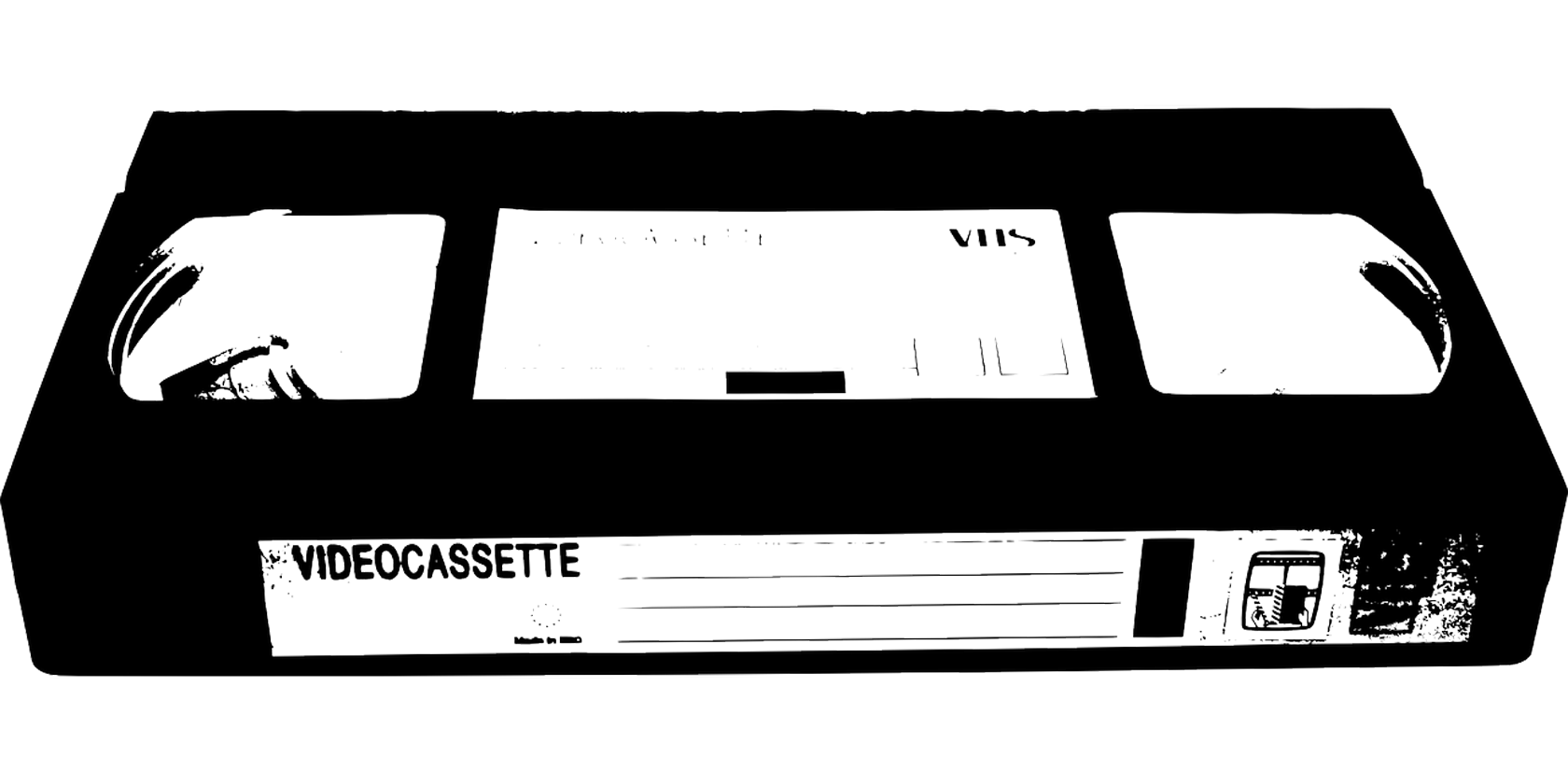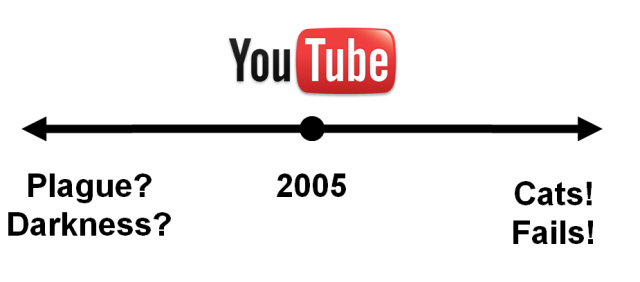YouTube has changed the Web — and our culture — in big ways. Thanks to YouTube, it's now possible for otherwise-ordinary people to showcase their talents and reach an audience of thousands or even millions of people in a matter of hours. Sometimes it even makes people accidentally famous.
But YouTube didn't invent viral videos — it merely gave us a more efficient way to distribute them. So how did videos go viral before YouTube and social media? Let's take a look at a few examples, and how they spread.
Numa Numa Dance: The Original Viral Dance Video
In December 2004, Gary Brolsma recorded himself lip-syncing and doing ridiculous interpretive dance to the song "Dragostea din tei" by Romanian pop group O-Zone. He released the video on Newgrounds.com with the title "Numa Numa Dance," and it made quite the splash: more than two million people saw it on Newgrounds.com in the first three months alone (a staggering number for the time).
Thousands of people shared the video via email and on various message boards, and dozens of other websites spread the word by re-uploading it. This led to mainstream media coverage from ABC's Good Morning America, NBC's The Tonight Show with Jay Leno, VH1's Best Week Ever, and more.
After his video blew up, Brolsma updated the video description on Newgrounds to discuss his newfound fame:
Just to let you all know, yes, this is the original location of the Numa Numa Dance... right here on NG. The internet sent it around like crazy, and it's wound up on over 80 websites that I could find, with an appearance on CNN, and just now on VH1's Best Week Ever. I've recieved tons of e-mail's and hits to my website, and I just want to thank you for all the feedback and support that you've given me. Never in a million years would I have thought this would hit over 10 million views.
As a side note, the video was uploaded to YouTube in 2006, and that version (embedded above) has racked up more than 21,000,000 views to date at the time of this writing.
Homestar Runner: The Web's First Native Cartoon
In 1996, University of Georgia students Mike Chapman and Craig Zobel wrote and illustrated The Homestar Runner Enters the Strongest Man in the World Contest as a sort of parody of the mascots for that year's Olympics in Atlanta. Three years later, Mike and his brother Matt were learning Flash and looking for something to practice on. After stumbling upon the old hand-drawn book, they decided to bring Homestar Runner into the digital age.
Mike and Matt registered HomestarRunner.com in December 1999 and launched the site in early 2000. It featured Flash animations and interactive games starring the same character Mike and Craig created for their children's book in 1996.
By 2003, the site was generating millions of page views every month. How did it happen? Matt explains in a Wired interview:
We've never done any kind of advertising. Word-of-mouth has done its thing. Certain bands would link us on their site and we were Shockwave's site of the year a couple of times. Things like that get it into a mainstream Internet audience.
As a result of Homestar Runner's popularity, it was also featured by National Review, Entertainment Weekly, Total Gamer, G4, and NPR's All Things Considered. The site is still live — in its interactive, Flash-based glory — with both new and classic content for your viewing pleasure.
Peanut Butter Jelly Time: The Original Gif With Sound
In 2002, Ryan Gancenia Etrata and Kevin Flynn created a Flash animation of a banana dancing to the song "Peanut Butter Jelly Time" by The Buckwheat Boyz. They posted the animation to the Offtopic forums, and it eventually found its way to Newgrounds.
The animation — which was a perfect blend of annoying and hilarious — became an instant phenomenon, inspiring a number of remakes and parodies. By the end of the year, it had made its first cameo in the mainstream media — when NBC's Ed showed the main character watching it.
Over the course of 2003, popular humor sites and message boards like eBaum's World, SomethingAwful, and Albino Blacksheep shared the animation, and Peanut Butter Jelly Time continued to amuse (and irritate) the masses. In 2005, the meme was ripped off referenced/stolen by Family Guy in a scene where Brian performs his own rendition of the song while wearing a banana suit.
Star Wars Kid
In 2002, 14-year-old Ghyslain Raza recorded his clumsy imitation of a Star Wars Jedi knight, wielding a golf ball retriever as a makeshift lightsaber. It was silly, and Raza assumed no one would see it. But in 2003, one of his classmates got ahold of the video and uploaded it to the Internet under the filename "Jackass_starwars_funny.wmv."
Thanks to P2P file-sharing services, it became an overnight hit — generating tens of millions of downloads. Its popularity led to a number of spoofs and TV references, including episodes of The Venture Bros, American Dad, Arrested Development, Ned's Declassified School Survival Guide, Cory in the House, South Park, and Family Guy.
Jesus vs. Santa: The South Park Precursor That Went "Viral" on VHS
In 1992, University of Colorado students Trey Parker and Matt Stone created a short film called The Spirit of Christmas using only construction paper, glue, and an old 8mm film camera. Fox executive Brian Graden saw the film, and in 1995 he offered the duo $1,000 to make another animated short that he could distribute as a video Christmas card. The result was Jesus vs. Santa.
Graden sent the video to 80 friends in December 1995, but it didn't stop there. The video was passed around on bootleg VHS tapes and the Internet for months before it finally caught the eye of someone at Comedy Central. This led to the creation of South Park — a huge success, all thanks to Parker and Stone's video going viral all the way back in 1995.
Viral Videos Came Long Before YouTube
Say the word video in today's world, and YouTube will almost certainly come to mind. And while it has created tons of viral hits, it was not the first medium to do so. Newgrounds, Albino Blacksheep, and random message boards all predated YouTube as the Internet's favorite places to discover and spread viral nonsense. Even VHS tapes and mainstream media deserve some credit.
What are some of your favorite viral videos from the pre-YouTube era? Where did you discover them? Did these examples bring back any memories? Share your thoughts in the comments below!


